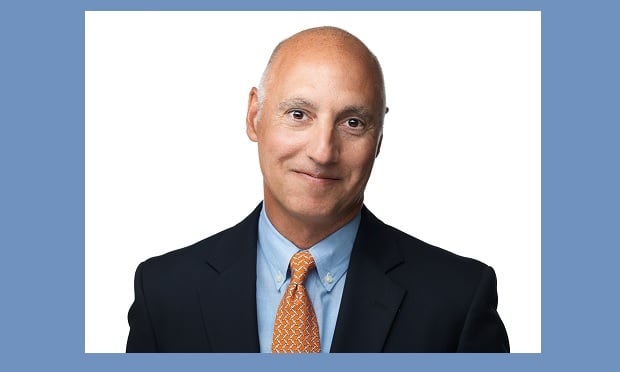NU Online News Service, May 20, 2:16 p.m. EDT
Captives in Vermont will enjoy greater protection of their assets now that a bill has been passed by the state legislature that will allow for the separation of risk within a captive cell.
Legislation passed by the 2011 session of the Vermont legislature and signed into law by Governor Peter Shumlin expands Vermont's captive laws. The bill allows cells within a sponsored-cell captive to be formed as incorporated protected cells. This means captives will not have to worry about comingling assets and they can separate risks.
Recommended For You
Want to continue reading?
Become a Free PropertyCasualty360 Digital Reader
Your access to unlimited PropertyCasualty360 content isn’t changing.
Once you are an ALM digital member, you’ll receive:
- Breaking insurance news and analysis, on-site and via our newsletters and custom alerts
- Weekly Insurance Speak podcast featuring exclusive interviews with industry leaders
- Educational webcasts, white papers, and ebooks from industry thought leaders
- Critical converage of the employee benefits and financial advisory markets on our other ALM sites, BenefitsPRO and ThinkAdvisor
Already have an account? Sign In Now
© 2025 ALM Global, LLC, All Rights Reserved. Request academic re-use from www.copyright.com. All other uses, submit a request to [email protected]. For more information visit Asset & Logo Licensing.








